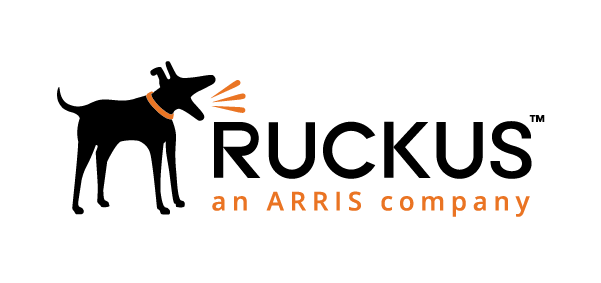The Future of Government Wireless Networks
The federal wireless onramp is behind schedule for required maintenance. The right technology can give federal agencies a wireless network second to none, both quickly and economically.
Presented by
Ruckus

Today’s federal IT networks are at a crossroads. For too long, government networks have been locked into old technology and have not had the budget to innovate. Former Federal CIO Tony Scott memorably described the condition in 2016 as “insanity at scale.” Current systems are delivering a poor experience – for both end users and IT teams – that prevent technology from enabling the mission as it should.
While government IT has stagnated, private sector IT has raced forward, roughly doubling performance and capacity every five years. Technology giants such as Google and Amazon have leveraged new technologies to unlock gigantic value and productivity, creating new consumer experiences. They have dramatically raised expectations of what IT can accomplish, and how it should be provided.
Wireless is the new network onramp for accomplishing the mission. The right partners with both wired and wireless expertise can provide government agencies with an IT infrastructure on par with the leading tech giants of today. This will enable agencies to meet modernization goals, and improve the IT experience for both internal and external users.
The time is now, because the federal wireless onramp needs a lot of repair. The Government Business Council recently conducted a poll of government employees, asking about the state of their agency’s wireless and Wi-Fi networks. The results were sobering:
- 51 percent rated their work network poor or very poor;
- 63 percent said that their workday wireless experience was worse than what they encounter elsewhere;
- 48 percent said the poor wireless experience hindered their productivity in fulfilling the mission
Of course, there are reasons why agencies have struggled up to now to provide a better wireless experience. Federal networks operate at a scale shared by few organizations. That scale brings challenges — multiple sites with multiple management interfaces, inflexible architectures, efficient network problem isolation and adequate service-level delivery across diverse indoor and outdoor environments.
New wireless technology allows agencies to meet these challenges in a far more efficient and economical way. Wireless Local Area Networks (WLANs) have made dramatic leaps in performance over the past few years. And a better end user experience is just the beginning of the benefits.
These newer systems allow for a great amount of end user self-service, reducing the workload burden on agency IT teams. Implementation can be greatly simplified through the ability to subscribe via the cloud. These new WLANs can be deployed on top of any existing wired or wireless infrastructure. Many also offer pricing based on users, rather than devices, decreasing costs in today’s austere budgetary environment.
Cities and bases can be made “smart” via wireless networks with a speed and efficiency unheard of just a few years ago. Greenfield, Massachusetts is a town in the western part of the state that like many rural communities lacked reliable broadband Internet access. By deploying the latest wireless access points and virtual management tools, the city provided an economical residential service that utilizes the public Wi-Fi signal for high speed, in-home Internet access. The service covers a 21-square-mile area and is future-proofed, ready to evolve and deliver whatever performance Greenfield needs moving forward.
When updating a federal network, it’s important to remember that the network of the future requires a heterogeneous environment. Agencies need to ensure that they work with best of breed partners for all elements of their network – especially the edge. With technology advancing so quickly, it’s not wise to put all your IT eggs in one contractor’s basket.
Agencies can’t continue to ask employees to accept an inferior user experience every time they log in at work. Specific private sector verticals such as hospitality and smart city initiatives such as Greenfield and New York City’s LinkNYC have demonstrated a better way forward, with clearly established best practices. By leveraging the latest technology, agencies can improve the user experience, simplify management and reduce costs.
Much like many of our country’s roads and bridges, the federal wireless onramp is behind schedule for required maintenance. But the good news is the right technology can give federal agencies a wireless network second to none, both quickly and economically.
This content is made possible by our sponsor. The editorial staff of Government Executive was not involved in its preparation.







